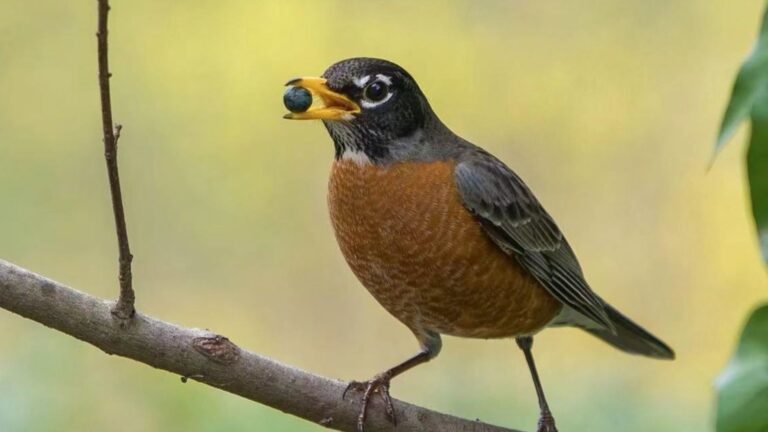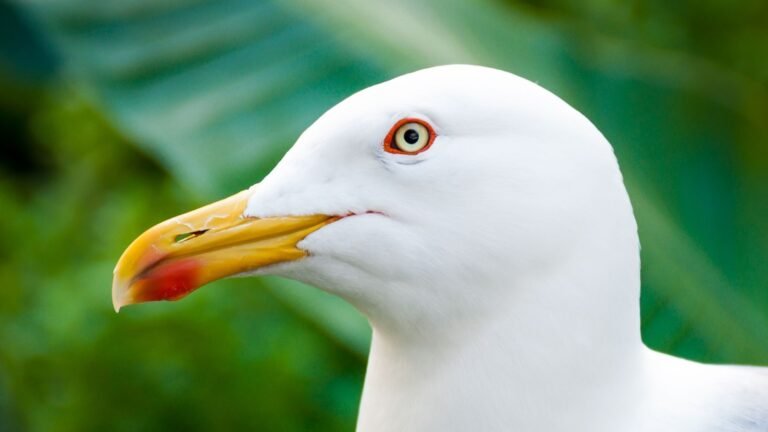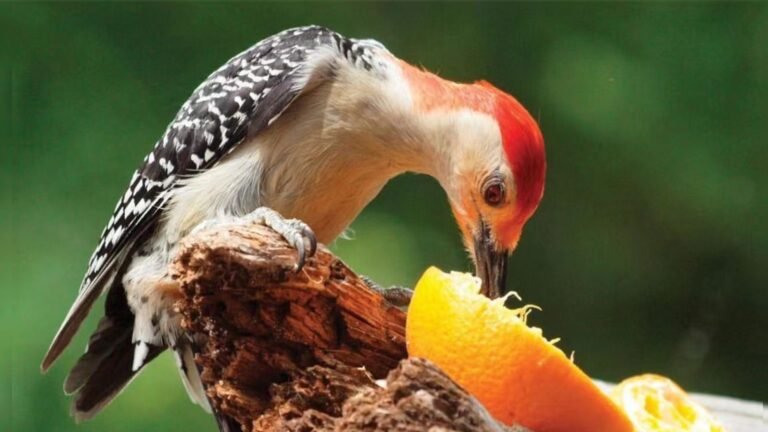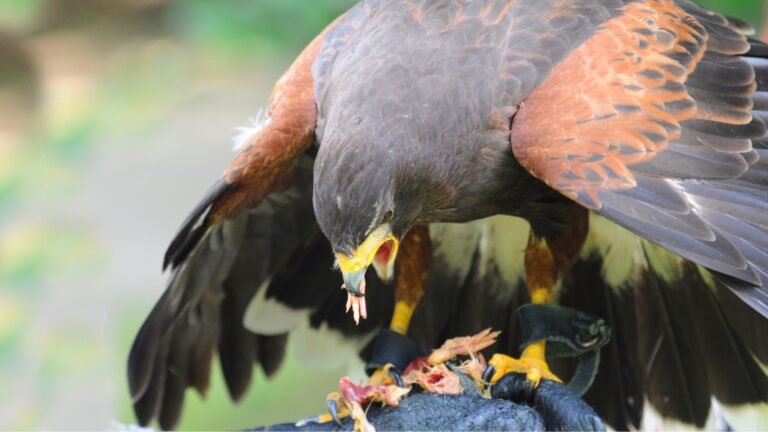What Do Birds Do At Night?
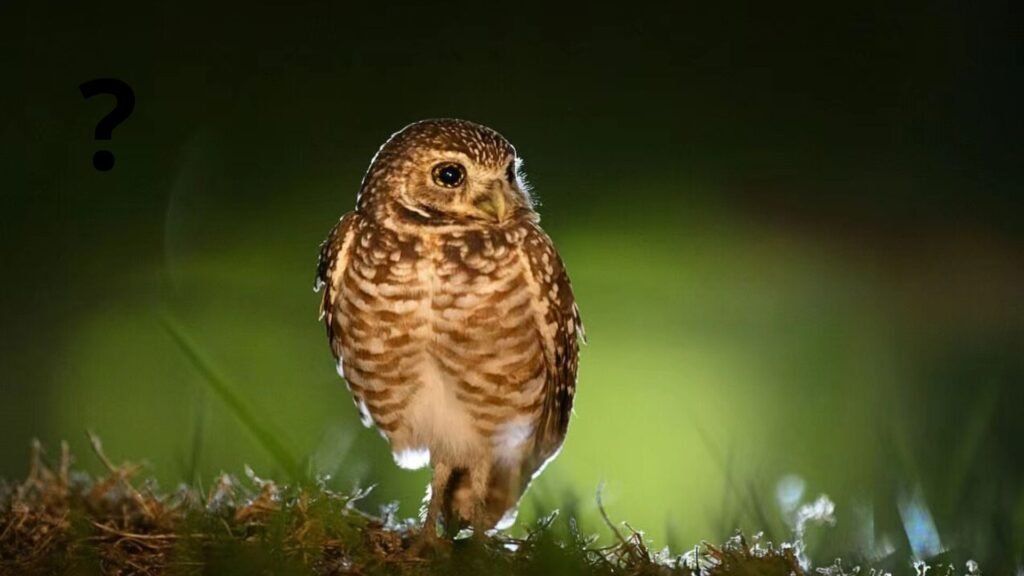
Ever wondered what birds do at night when the sun goes down? From where they sleep to how they protect themselves, birds exhibit fascinating behaviors when the darkness sets in. Some birds hide in trees, while others sleep in groups for safety.
Discover the different types of birds that are active at night, and learn how they navigate in the darkness. Curious about why some birds sing at night or how they feed and nest during this time? Let’s explore the mysterious world of birds after dark.
Do Birds Sleep At Night
Birds have various sleep patterns at night influenced by their circadian rhythms and environmental factors.
They have evolved unique strategies to adapt to their surroundings, with some species opting for short naps during the night while remaining vigilant for potential threats. Others, like nocturnal birds, are more active during these hours, using the cover of darkness to hunt for prey.
Circadian rhythms play a crucial role in regulating their sleep-wake cycles, ensuring that they get the rest needed for optimal functioning. Factors such as temperature, noise levels, and light pollution also impact how birds rest, highlighting the delicate balance between nature and external influences on their sleep behaviors.
You might also like: Why Do Birds Preen Their Feathers So Often?
Where Do Birds Sleep At Night
Birds find shelter for sleeping at night in diverse locations such as roosts, nests, and other protected habitats.
Some birds prefer to roost high up in trees, where they feel safe from predators and can easily take flight if necessary. Others seek out dense shrubbery or thick vegetation to provide cover and camouflage during the night. Certain bird species, like owls, opt for secluded spots such as tree hollows or abandoned buildings for their overnight slumber. Waterbirds often choose to rest on islands or along shorelines, where they can be near their aquatic food sources while avoiding ground-dwelling predators.
How Do Birds Protect Themselves At Night
Birds employ different protective strategies at night to evade predators, including camouflage, soundproofing, and vigilant behaviors.
They are known to choose hidden or elevated roosting spots that provide additional cover from potential threats.
Many species, such as owls, have evolved stealthy flight patterns and silent wing movements to catch prey without being detected.
Some birds also alter their calls and reduce vocal activity during nighttime to avoid drawing attention to their location.
In addition, certain bird species exhibit communal roosting behavior, where they gather in large groups to enhance safety through numbers and collective vigilance.
Hiding In Trees or Bushes
Some birds choose to hide in trees or bushes during the night, using their camouflage to blend into the surroundings for protection.
This behavior is essential for their survival, as it allows them to evade predators that hunt in darkness. By blending seamlessly with the leaves and branches, these birds become almost invisible to unsuspecting eyes. The intricate patterns and colors of their feathers help them remain undetected, ensuring they can rest and recuperate without the constant threat of being discovered.
It’s fascinating to observe how nature has equipped these birds with such remarkable abilities to protect themselves in their natural habitats.
Sleeping In Groups
Birds often sleep in groups at night to enhance safety through collective vigilance and protection.
When birds flock together to rest, they create a communal defense system against predators. Each member of the group takes turns keeping watch, allowing others to sleep more soundly without worrying about potential threats. This collaborative effort ensures that any sign of danger is immediately communicated throughout the group, prompting a unified response to deter or evade any impending risks.
By sleeping in close proximity, birds can generate collective warmth, aiding in maintaining body temperature during colder nights. These group dynamics not only offer safety in numbers but also foster a sense of companionship and mutual support among the avian community.
Using Special Adaptations
Certain bird species have special adaptations for nighttime survival, such as enhanced night vision and soundproofing capabilities.
These unique adaptations enable birds to navigate and hunt in low-light conditions with remarkable efficiency. For example, some nocturnal birds have large eyes relative to their body size, allowing them to gather more light and see clearly in the darkness.
Feathers with specialized structures help to muffle the sound of their wings during flight, aiding in stealthy movements to avoid predators. These evolutionary traits have allowed nocturnal birds to thrive in environments where natural light is limited and competition for resources is high.
Do All Birds Sleep At Night?
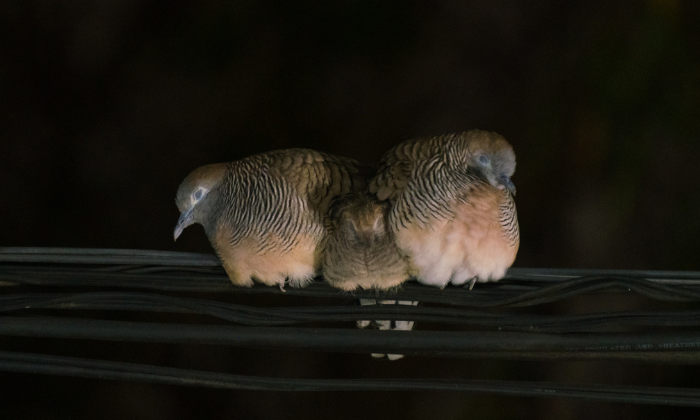
Not all birds sleep at night; some species are nocturnal, while others are diurnal, each displaying adapted behaviors for their respective active periods.
Nocturnal birds, like owls and nightjars, have specialized adaptations such as keen night vision and silent flight to hunt and forage during the darkness. On the other hand, diurnal birds, such as eagles and songbirds, are active during the day and often exhibit vibrant colors for camouflage or display, as well as strong talons and beaks for hunting or feeding on the go. These distinct behaviors and characteristics reflect how these avian species have evolved to thrive in their specific habitats and niches.
Nocturnal Birds
Nocturnal birds are specially adapted for nighttime activities, possessing excellent night vision and hunting skills to thrive in the dark.
Their exceptional vision is made possible by having a higher density of rods in their eyes, which allows them to see well in low light conditions. Their keen sense of hearing also plays a crucial role in locating prey, as they can detect even the faintest sounds in the darkness. These birds have sharp talons and beaks designed for capturing and feeding on their prey efficiently. By combining their advanced sensory abilities with strategic hunting techniques, they have become expert predators of the night.
You might like: Can Birds Cry?
Diurnal Birds
Diurnal birds are active during the day, engaging in behaviors such as foraging and nesting, with adapted strategies suited for daylight activities.
Their foraging patterns are often characterized by actively searching for food sources on the ground or in trees, taking advantage of the increased visibility provided by daylight.
These birds typically build their nests in well-lit areas, utilizing natural light to ensure the safety of their offspring.
Diurnal birds often rely on their keen sense of sight to detect predators during the day, allowing them to quickly respond and protect themselves and their young.
Their behaviors are finely tuned to make the most of the opportunities available in the daylight hours.
Crepuscular Birds
Crepuscular birds are most active during twilight hours, utilizing the transitional periods of dusk and dawn for feeding and other essential activities.
During these dimly lit times, crepuscular birds like owls, nighthawks, and nightjars exhibit remarkable adaptations to navigate and hunt efficiently. Their keen eyesight allows them to spot prey items in the low light levels, while their silent flight enables them to sneak up on unsuspecting targets. Some species have specialized hearing to detect movement in the dark. By capitalizing on the unique advantages of twilight, these birds have carved out a niche in the natural world that sets them apart from their diurnal and nocturnal counterparts.
Why Do Some Birds Sing At Night?
Some birds sing at night as a form of communication, often using vocalizations for courtship displays and territorial announcements.
The night-time singing of birds is believed to play a crucial role in establishing and maintaining their breeding territories. By singing during the quiet darkness, they can effectively communicate with other birds in the area. This serves as a way for them to attract mates and signal their ownership of a particular space. The songs can also convey information about the health and vitality of the singer, influencing the likelihood of successful courtship. Nocturnal singing can help birds defend their territories against intruders, ensuring the survival of their offspring.
How Do Birds Navigate At Night?
Birds navigate at night using celestial cues such as stars and moonlight, along with memorized migration routes and environmental landmarks.
These celestial cues help birds to maintain their orientation and direction, allowing them to traverse vast distances during their nocturnal journeys. The stars provide a fixed reference point in the sky, aiding birds in determining their heading. The moon, especially when full, offers additional illumination for visibility.
Birds rely on established migration routes imprinted in their genetic memory, passed down through generations. Environmental cues, such as coastlines, mountain ranges, and rivers, further assist birds in staying on track and reaching their seasonal destinations.
Using Stars and Moonlight
Birds utilize stars and moonlight for orientation and navigation purposes during their nocturnal travels, following celestial cues to reach their destinations.
By observing the patterns of stars and the subtle shifts of moonlight, birds are able to create mental maps that guide them through vast distances. Their ability to interpret these celestial cues is truly remarkable, allowing them to navigate with impressive precision across diverse landscapes.
The stars serve as constant markers in the night sky, aiding birds in maintaining a steady course, while the moon’s position helps them adjust their direction as needed. This innate skill showcases the intricate connection between birds and the natural world, highlighting the beauty of their navigational prowess.
Following Familiar Routes
Some birds rely on following familiar routes based on memory and experience to navigate effectively during their nocturnal migrations.
By tapping into their innate ability to recall landmarks, weather patterns, and food sources along their journey, these birds can successfully navigate through the darkness. Research has shown that birds have remarkable spatial memory, allowing them to memorize specific locations and use them as guideposts. This reliance on past experiences enables them to avoid getting lost and reach their desired destination with precision. The intricate connection between memory, experience, and migration underscores the crucial role of familiarity in guiding their nighttime travels.
Other Behaviors of Birds At Night
Birds engage in various activities at night, including feeding, migrating, and nesting, as part of their nocturnal behaviors.
Nocturnal birds, such as owls and nightjars, exhibit unique behavior when it comes to feeding during the nighttime hours. These birds have adapted to hunt for prey in the darkness, relying on their exceptional night vision and stealthy movements to catch insects and small mammals.
Many bird species use the cover of night to embark on their long migratory journeys, taking advantage of cooler temperatures and reduced predation risk. Nesting behaviors also shift after sunset, with some birds remaining quiet to protect their young from nocturnal predators.
Migrating
Migration is a common behavior among birds at night, with many species undertaking long-distance journeys during nocturnal hours.
Birds embark on these extensive travels at night for various reasons, including avoiding predators, reducing the risk of overheating in the daytime sun, and utilizing the Earth’s magnetic field for navigation.
As most predators are less active during the nighttime, birds can traverse immense distances without as much danger. Flying at night allows these avian travelers to conserve energy by avoiding the heat of the sun, a crucial adaptation for species that must cover thousands of miles during their migrations.
Feeding
Birds engage in nocturnal feeding behaviors, utilizing their hunting skills and adapted strategies to secure food during the night.
During the nighttime hours, birds demonstrate remarkable agility and precision in capturing their prey. They often rely on their exceptional eyesight and keen hearing to locate food sources in the darkness. Some species, such as owls, possess specialized feathers that allow for silent flight, enabling them to sneak up on unsuspecting prey. Certain birds, like nightjars, employ a sit-and-wait hunting technique, patiently perched until the opportune moment to strike. These nocturnal feeding patterns showcase the incredible adaptability and resourcefulness of avian creatures in the face of challenging conditions.
Nesting
Nesting activities are crucial for birds during the night, as they engage in nocturnal behaviors to ensure reproductive success and offspring protection.
Nighttime nesting plays a vital role in the survival and continuation of bird populations, serving as a strategic mechanism to shield the vulnerable hatchlings from predators under the cover of darkness. By strategically selecting hidden locations and constructing well-camouflaged nests, birds minimize the risk of detection and potential threats to their young. This nocturnal behavior also helps to maintain optimal incubation temperatures for eggs, ensuring the healthy development of the next generation of avian species.

